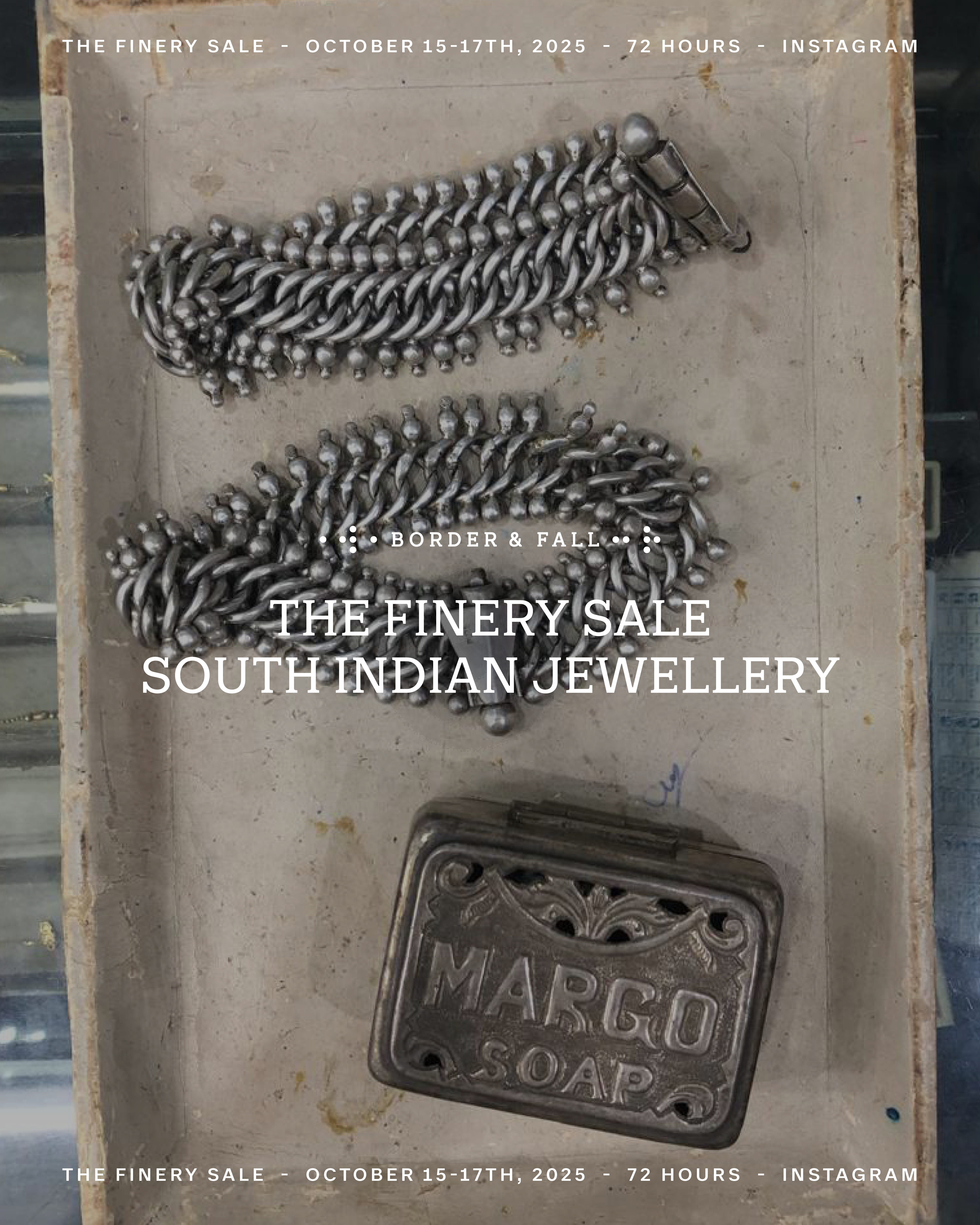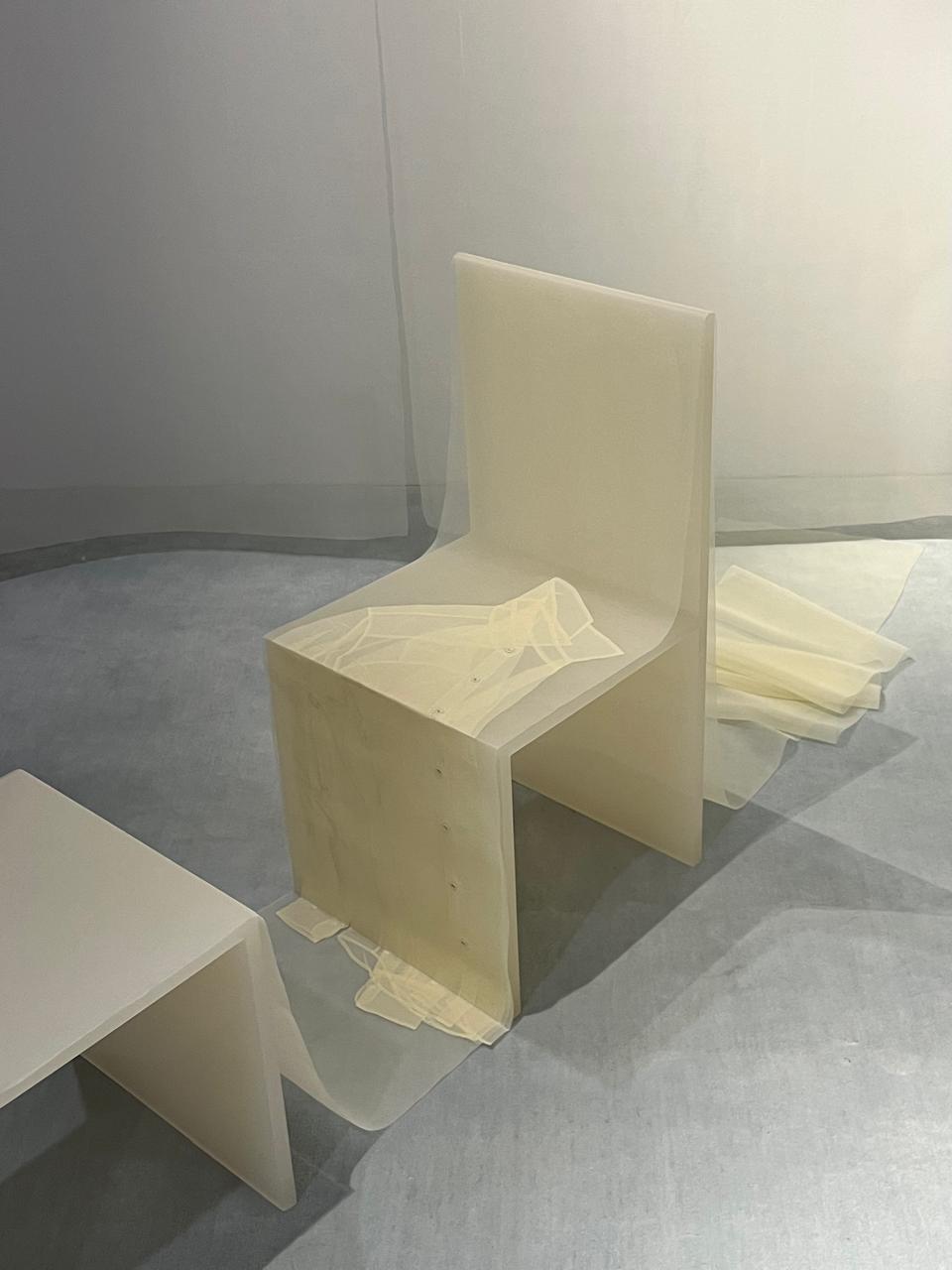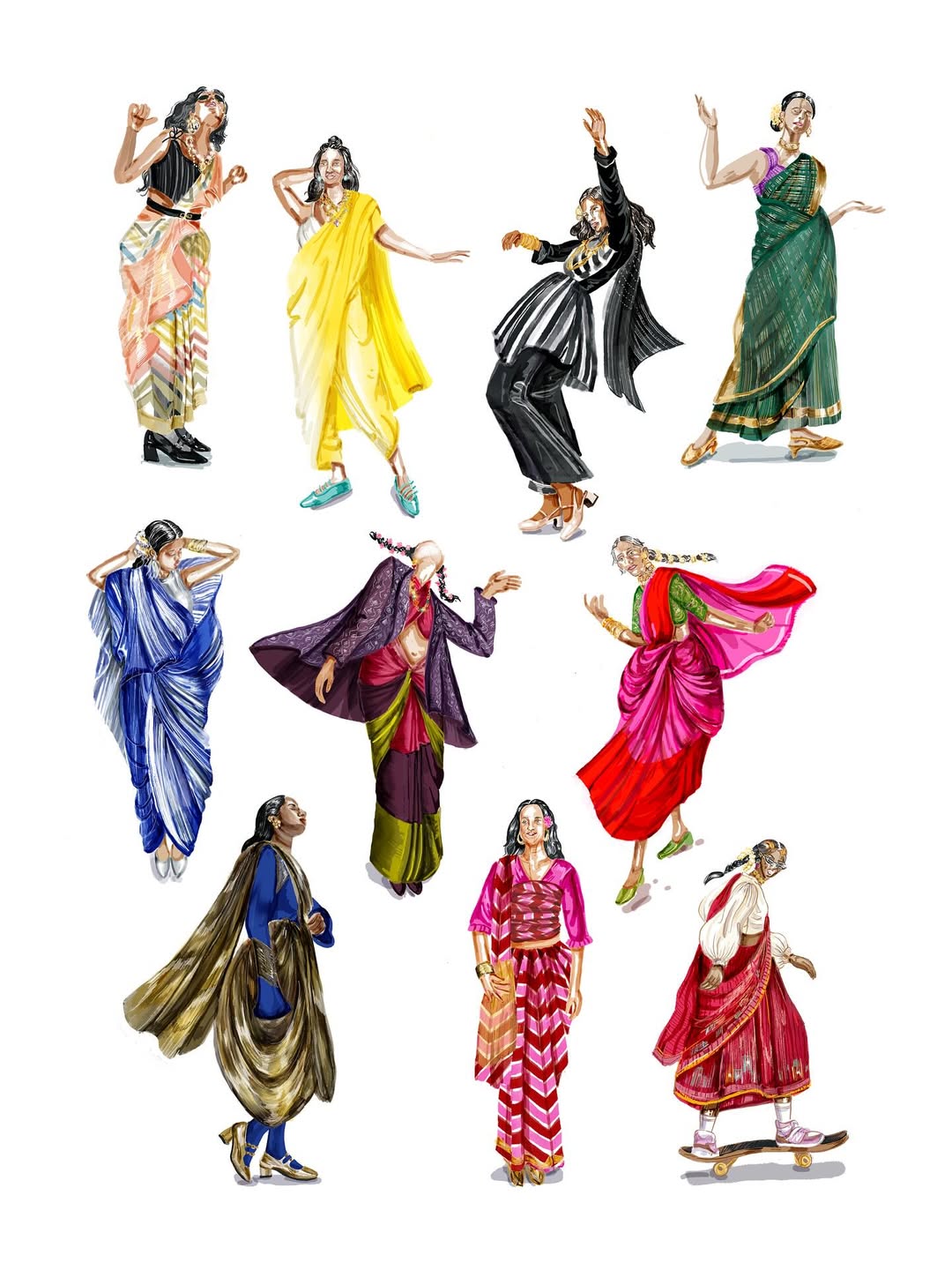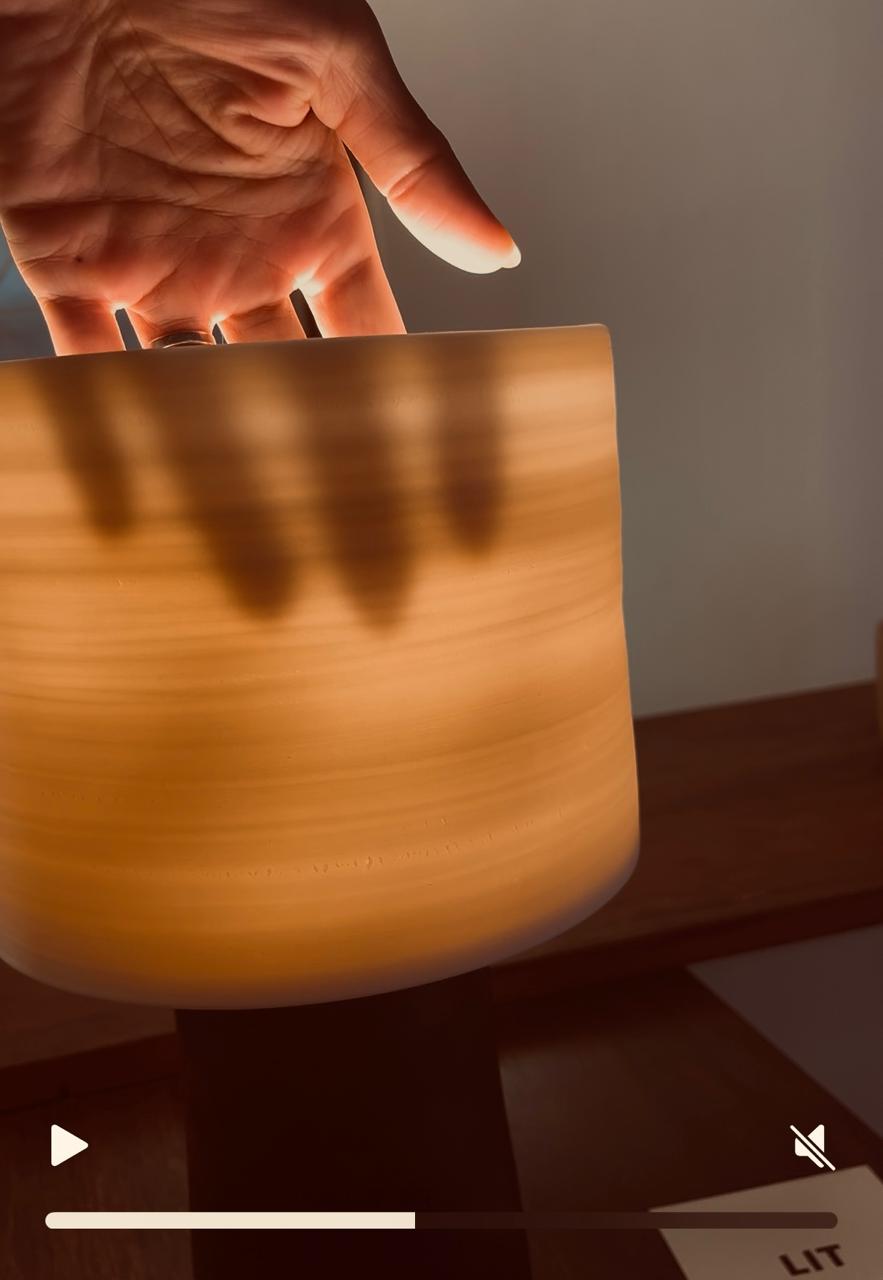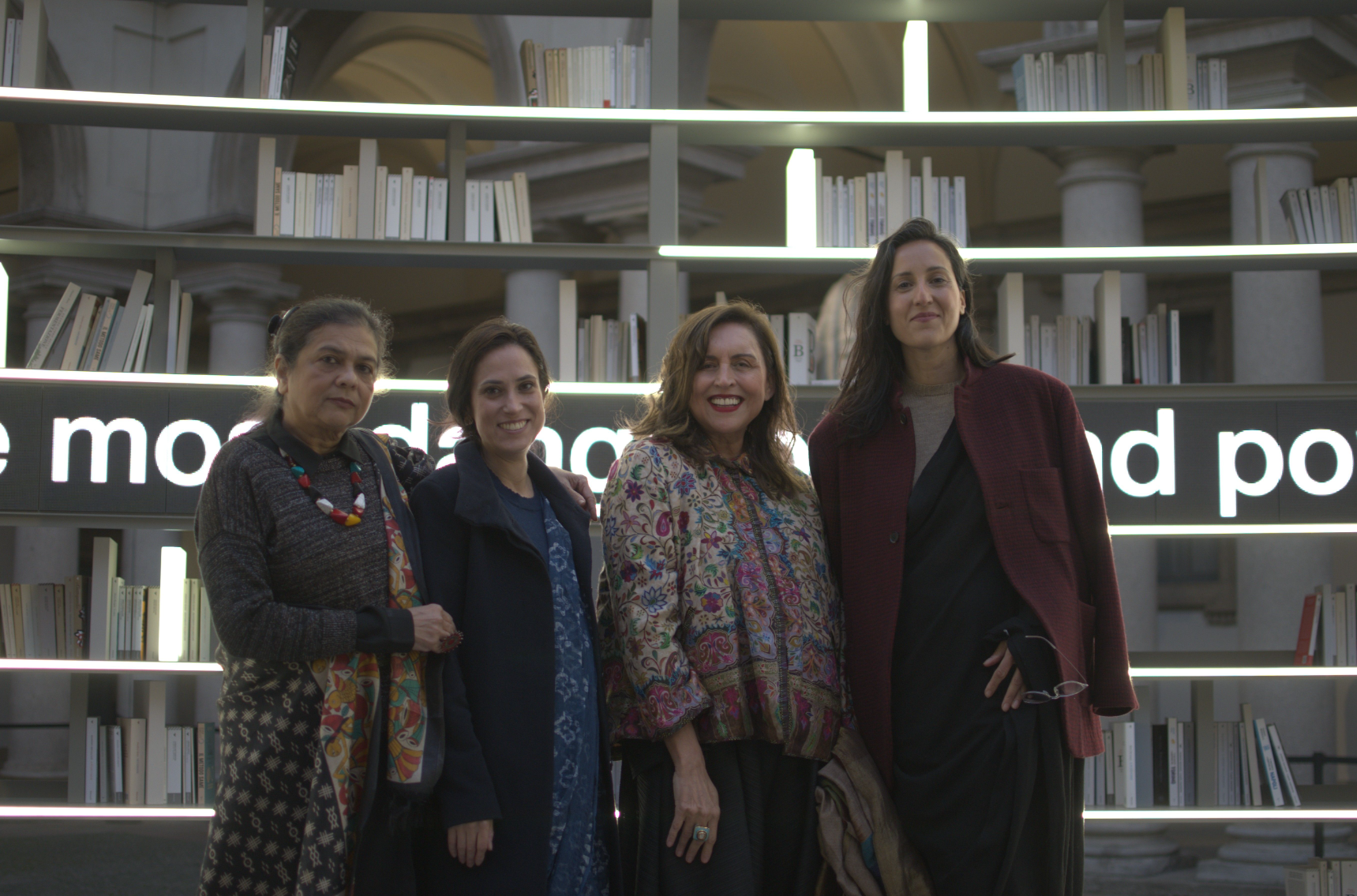The Sari Series
The Midlands Arts Centre, Birmingham screened select films from The Sari Series as part of ‘The Offbeat Sari’ travelling exhibit.

The Finery Sale
Our first edition of 'The Finery Sale' on Instagram was a wonderful success.

Kritika Manchanda at Collectible Fair
A pleasure to see Kritika's practice continue to evolve over the years. Here, 'As You Were' - featuring her signature garment compression, layered in organdy.

Pernia's Pop-Up Shop
Pernia's Pop Up Shop recently opened in an iconic, and enormous, 4 story building in Fort, Mumbai (which Zara exited months earlier citing high rentals). At a reported 3 Crore per month rental - the scale and posturing of this retail presence is a bold and singular designer retail move, especially as speculation of an IPO looms.

The Sari Series and Apple's Campaign
The Sari Series continues to inspire new draping languages—Shreya Parasrampuria drew from the anthology to create a series of illustrations for Apple's Diwali campaign, last year. The campaign was shot by photographer Vikas Maurya.

Minim Design - Studio Visit
Studio visit: porcelain lamp shades at Minim Design.

Tharangini Studio Visit
Studio visit: A pleasure to visit Tharangini block printing studio in Bangalore. Learn more about their work here.

Panel Talk at Salone del Mobile 2025
Border&Fall’s Malika Verma along with Vinita Chaitanya and Urmila Chakraborty for Weaving Indian Art, a conversation moderated by Cristina Kiran Piotti at the Library of Light by Es Devlin, Salone del Mobile 2025.
Image courtesy of Salone del Mobile.Milano, photo credits BBDO





